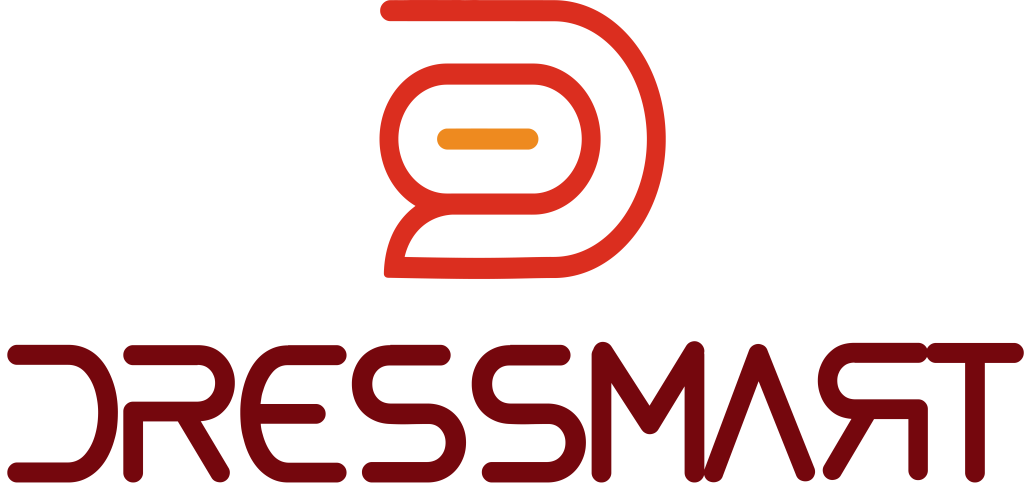Sportswear has come a long way from being just fashionable athletic attire. With advancements in technology, sportswear now plays a vital role in personal health assessment, enabling individuals to monitor and optimize their fitness levels. In this article, we will explore the transformation of sportswear from fashion to function and the various ways it contributes to personal health assessment.
The Evolution of Sportswear
Sportswear has experienced a significant evolution over the years, driven by advancements in textile technology, material science, and the increasing demand for performance-enhancing garments. Today, sportswear is designed not only to provide comfort and mobility but also to collect and analyze data about an individual’s physical health and performance.
Integrated Sensors and Biometric Monitoring
Modern sportswear incorporates integrated sensors and biometric monitoring capabilities, allowing individuals to gather real-time data about their bodies during physical activity. These sensors can track various metrics, including heart rate, respiration rate, body temperature, and even muscle activation.
Fitness Tracking and Performance Optimization
Sportswear with built-in fitness tracking capabilities enables individuals to monitor their exercise intensity, duration, and calories burned. This data can be used to set and achieve fitness goals, track progress, and optimize training routines. By analyzing the collected data, individuals can identify patterns, make necessary adjustments, and improve overall performance.
Real-time Feedback and Coaching
Some sportswear is equipped with features that provide real-time feedback and coaching. For example, a running shoe may have sensors that analyze a runner’s gait and provide feedback on running form, helping to reduce the risk of injury and improve running efficiency.
Post-workout Recovery Assessment
Certain sportswear garments, such as compression clothing, aid in post-workout recovery assessment. Compression garments exert pressure on muscles, enhancing blood circulation and reducing muscle soreness. By monitoring the recovery process, individuals can adjust their training schedules accordingly and optimize recovery time.
Sleep Monitoring and Analysis
Sleep is an essential aspect of personal health, and sportswear with sleep monitoring capabilities can provide valuable insights into an individual’s sleep patterns. By measuring sleep duration, quality, and stages, individuals can identify areas for improvement and adjust their sleep routines, leading to better overall health and performance.
Data Integration and Analysis
The data collected by sportswear can be integrated with smartphone applications or other fitness platforms, allowing for comprehensive data analysis and visualization. This integration enables individuals to gain a deeper understanding of their health and performance trends over time, empowering them to make informed decisions about their fitness goals and strategies.
Challenges and Considerations
While sportswear’s role in personal health assessment is promising, there are challenges and considerations to be aware of:
Accuracy and Reliability
The accuracy and reliability of the data collected by sportswear sensors can vary. Factors such as sensor placement, calibration, and environmental conditions can affect the accuracy of the measurements. It is important for individuals to understand the limitations of the technology and interpret the data with caution.
Privacy and Security
As sportswear collects personal health data, privacy and security concerns arise. It is crucial for manufacturers and users to prioritize data protection and ensure that appropriate security measures are in place to safeguard sensitive information.
User Experience and Comfort
Sportswear should strike a balance between functionality and user experience. It should be comfortable, lightweight, and non-restrictive to encourage regular use. Manufacturers need to consider design aesthetics, material choices, and user feedback to create sportswear that individuals enjoy wearing.
Conclusion
Sportswear has evolved from being solely fashion-focused to playing a vital role in personal health assessment. With integrated sensors, biometric monitoring capabilities, and data analysis, sportswear empowers individuals to monitor their health, optimize performance, and make informed decisions regarding their fitness goals. While there are challenges and considerations, the potential benefits of sportswear in personal health assessment are promising. As technology continues to advance, we can expect sportswear to play an even more significant role in improving overall health and well-being.




